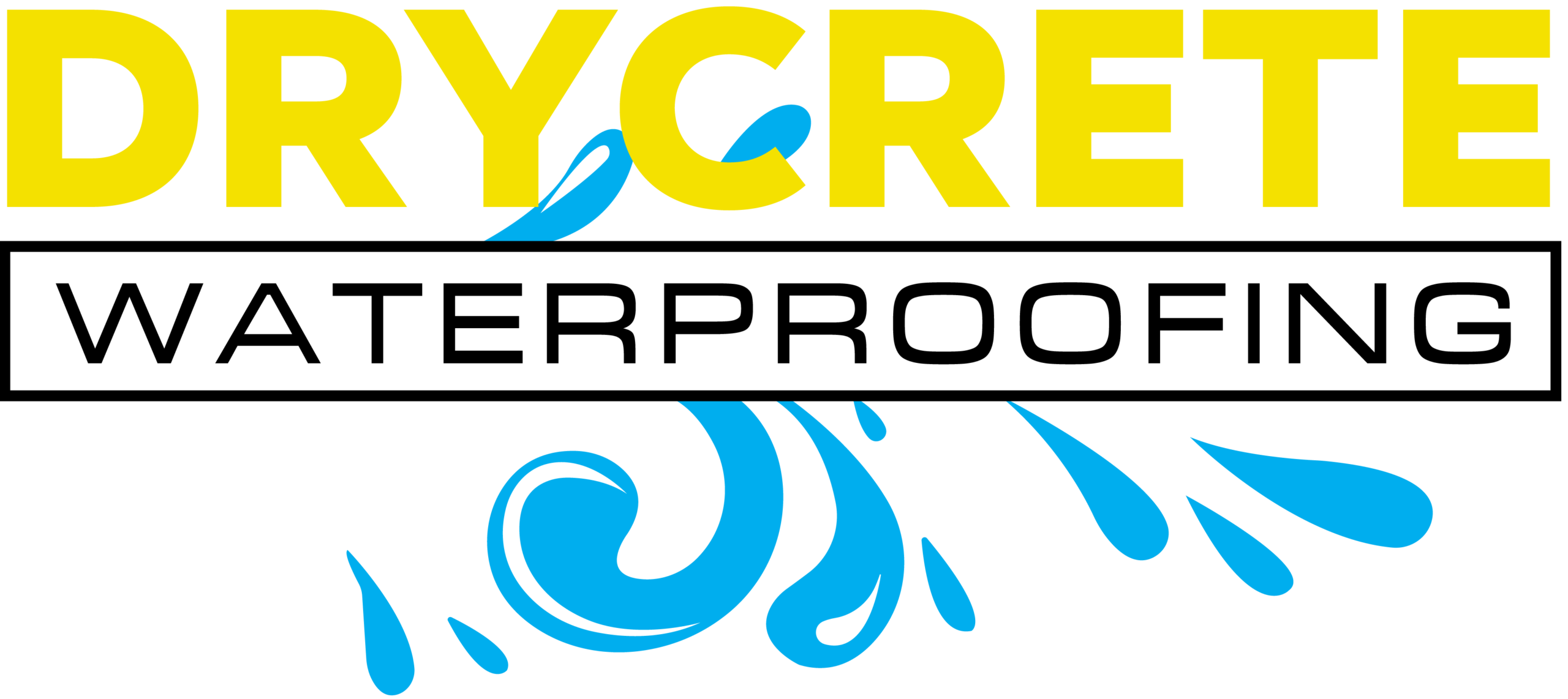Protecting your home and yard from water damage involves managing the basement and interior, as well as exterior, waterproofing needs. If your yard tends to hold water, you should know that this water can also affect your home’s structure in many ways. A dry well drain might be the right solution to help you manage any accumulation of excess water from an exterior source and protect your home from the damage the water can cause. Whether you need a new dry well drain installed or you simply need to know more about the system you already have in place, we’re here to help. Maintaining and taking care of a dry well is vital to ensuring it continues to work properly.
In this guide, we will talk more about the value and responsibility of a dry well, as well as how you can properly maintain and care for your well to keep it working for many years to come.
What is a Dry Well Drain?
A dry well drain is a functional part of the dry well setup. A dry well is a well structure that is placed in the ground on the exterior of your property. In most cases, it is used to help collect water that pools or otherwise builds up on the property. The depth of a dry well can vary, but it is typically placed anywhere from 30 to 70 feet beneath the surface, depending on the water table. The well collects excess water during storms and heavy rainfall. Then, it uses its drain and a piping system to divert that water and redirect it so that it doesn’t sit above the surface or trickle into your basement. The drain moves the water to a deeper place in the soil so it can’t collect on the surface.
This system works using gravity and the collection basins and drainage system. Excess water can be slowly and steadily released in a way that reduces water damage and standing water.
Signs of a Clogged or Malfunctioning Dry Well Drain
Because of the way they’re constructed, dry well drains often collect dirt, soil, and debris, which can lead to clogging. Maintaining your dry well drain is vital to ensuring that it continues doing what it was built to do. We can help you with routine maintenance, or you can learn how to regularly inspect, clean, and maintain your system yourself.
An important habit to develop is to regularly clean your gutters and downspouts to prevent or reduce the grime and sediment that they might direct toward your dry well! In addition, take the time to clean the pipes, make others aware, and don’t allow snow to pile up around the well. These simple steps can make a huge difference.
The following are signs that you may have a clogged or malfunctioning drain:
- Standing water or dampness in the yard.
- Foul odors emanating from the yard.
- Slow or clogged drainage.
- Water pooling.
- Flooding in the yard.
- Sinkholes or depressions in the yard.
If you notice any of these signs and you already have a dry well in place, you need to take action.
Benefits of Regular Maintenance of a Dry Well Drain
Maintaining your dry well drain will help keep it working and functioning as normal. If you use routine maintenance, you are less likely to experience some of the bigger issues that can be costly to fix.
Check out these top benefits of conducting routine maintenance:
- Prevent water damage to your home and yard.
- Increase the lifespan of the dry well drain.
- Protect the environment with water redirection.
- Save money on repairs and replacements.
Maintenance and Care
So, how do you properly maintain and care for your dry well drain? You may never experience a problem, but the best way to avoid a problem is to be proactive with care. The good news is that maintenance and care are simple, and as long as you do the basics, you can likely prevent bigger and more expensive issues from occurring.
Your gutters and downspouts will significantly affect your dry well drains. Be sure to clean these a couple of times a year. This may seem unrelated, but it is actually a vital step. In addition, plan to clean the dry well system itself occasionally. You can bring in a professional for this. This is a similar process to a tank cleaning, where a vacuum truck will use equipment to vacuum out water, sludge, or debris that could lead to clogs.
Call a professional if you notice any issues or feel as though the dry well is not working, especially if your regular maintenance doesn’t resolve it.
Professional Maintenance
If you use the vacuum maintenance option from time to time, this should be done by a professional. They have the appropriate equipment and training to help clean out your system so it works properly, which should also remove clogs. Call a professional for maintenance or repairs when the dry well system is no longer working effectively or if there is a clog that is not resolved by DIY and vacuum cleaning.
The professionals are there to help you regain functionality when you have a problem with the dry well drain. Don’t put it off or ignore it when you do need help.
Drycrete Can Help with Your Dry Well Drain Needs
Whether you need a new dry well or just need help with maintenance and care, we’ve got you covered. Drycrete Waterproofing has an extensive background in all things waterproofing, including dry well systems. We’re here for all of your dry well services and needs.
Request a free quote today to get started. We can assess your setup and your needs and help you come up with the best solution.

